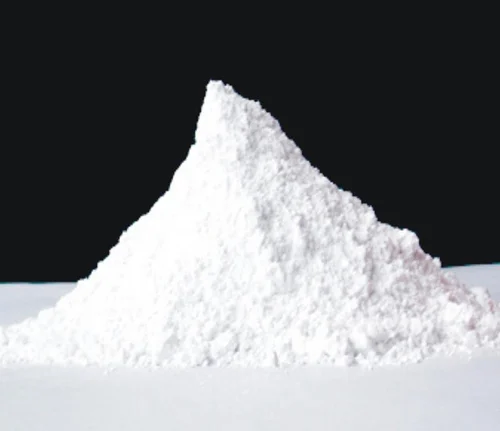Plastics have become an integral part of modern life, finding applications in countless industries. However, the environmental impact of plastics has prompted a search for more sustainable and efficient materials. One such innovation is the use of calcium carbonate powder and activated calcium carbonate. These materials offer various benefits in plastic manufacturing, improving product quality and sustainability.
Understanding Calcium Carbonate Powder
Calcium carbonate powder is a common mineral found in rocks such as limestone, marble, and chalk. It is widely used in various industries, including construction, agriculture, and pharmaceuticals. In the plastic industry, calcium carbonate powder is valued for its versatility and cost-effectiveness. When incorporated into plastic products, it acts as a filler, enhancing the material’s properties.
Calcium carbonate powder helps to reduce production costs by replacing a portion of the more expensive plastic resins. This not only lowers the overall cost of the plastic products but also decreases the environmental footprint by reducing the amount of synthetic polymers required. Additionally, calcium carbonate powder improves the mechanical properties of plastics, making them more durable and resistant to wear and tear.
Benefits of Using Calcium Carbonate in Plastics
The inclusion of calcium carbonate powder in plastics offers several advantages. Firstly, it increases the stiffness and strength of the material, resulting in more robust and long-lasting products. This is particularly beneficial for applications where durability is crucial, such as in packaging, automotive parts, and construction materials.
Secondly, calcium carbonate powder enhances the processing characteristics of plastics. It improves the flow properties of the molten polymer, allowing for smoother and more efficient production processes. This leads to higher productivity and reduced energy consumption during manufacturing.
Moreover, calcium carbonate powder provides excellent thermal stability to plastics. It helps to dissipate heat more effectively, preventing the material from deforming or degrading under high temperatures. This makes it ideal for applications that involve exposure to heat, such as electrical components and household appliances.
Exploring Activated Calcium Carbonate
Activated calcium carbonate is a modified form of calcium carbonate that has undergone surface treatment to enhance its properties. This activation process involves the addition of various chemicals, such as stearic acid or silane, to the calcium carbonate particles. The result is a material with improved dispersion, compatibility, and performance in plastic formulations.
Activated calcium carbonate offers several unique benefits over regular calcium carbonate powder. Its enhanced dispersion properties ensure a more uniform distribution within the plastic matrix, resulting in better overall performance. This leads to improved mechanical strength, impact resistance, and surface finish of the final product.
Applications of Activated Calcium Carbonate in Plastics
Activated calcium carbonate is widely used in the production of high-quality plastics. It finds applications in industries such as packaging, automotive, and consumer goods. In packaging, activated calcium carbonate improves the barrier properties of plastic films, preventing the permeation of moisture, gases, and odors. This extends the shelf life of packaged products and maintains their freshness.
In the automotive industry, activated calcium carbonate enhances the mechanical properties of plastic components, making them more resistant to impact and wear. This results in safer and more durable parts, reducing the need for frequent replacements. Additionally, activated calcium carbonate improves the dimensional stability of plastic parts, ensuring precise and reliable performance in demanding environments.
In consumer goods, activated calcium carbonate is used to improve the appearance and feel of plastic products. It enhances the surface smoothness and gloss, giving the products a premium look and feel. This is particularly important in items such as household appliances, electronics, and furniture, where aesthetics play a significant role in consumer preference.
Conclusion
The use of calcium carbonate powder and activated calcium carbonate in plastic manufacturing offers numerous benefits. These materials improve the mechanical properties, processing characteristics, and overall performance of plastics, making them more durable, cost-effective, and environmentally friendly. By incorporating calcium carbonate powder and activated calcium carbonate into their formulations, manufacturers can create better plastics that meet the demands of various industries while reducing their environmental impact.

